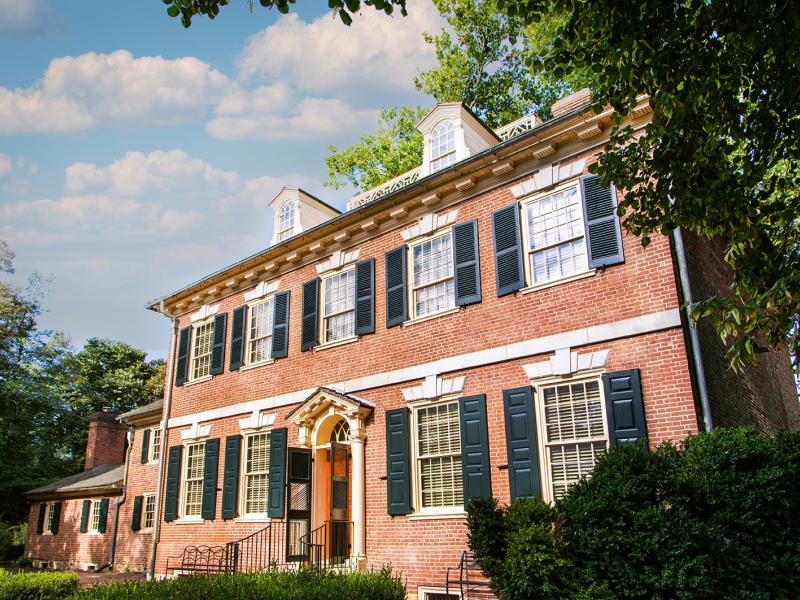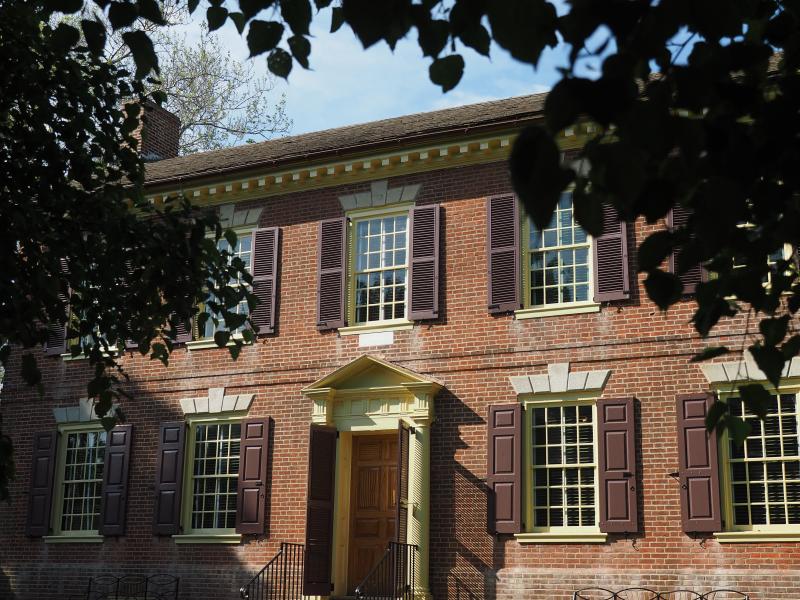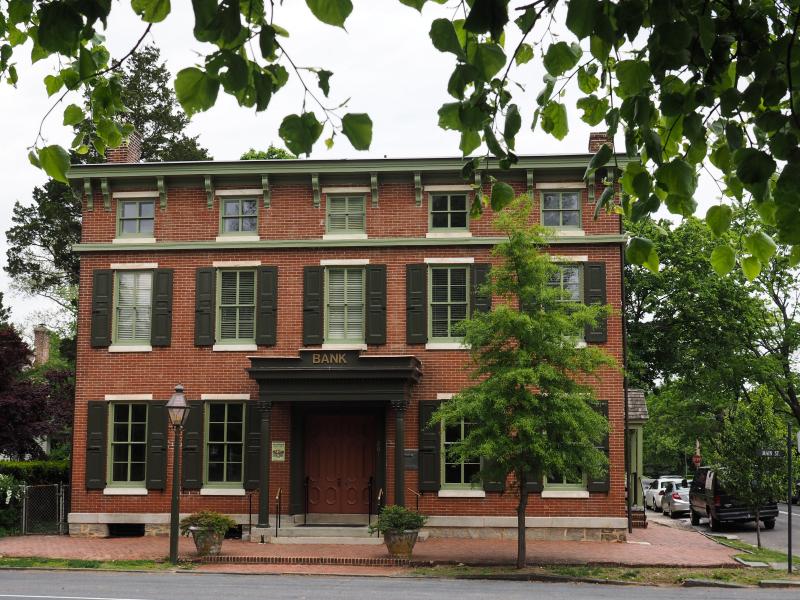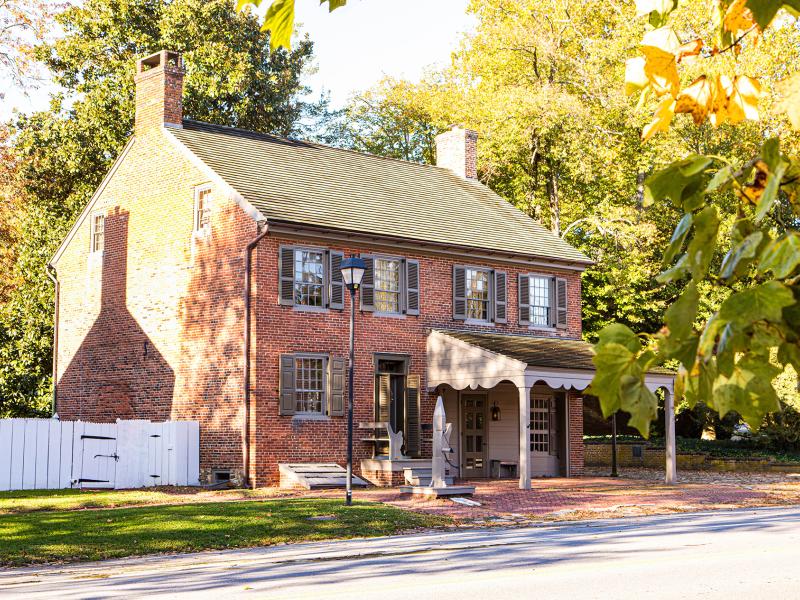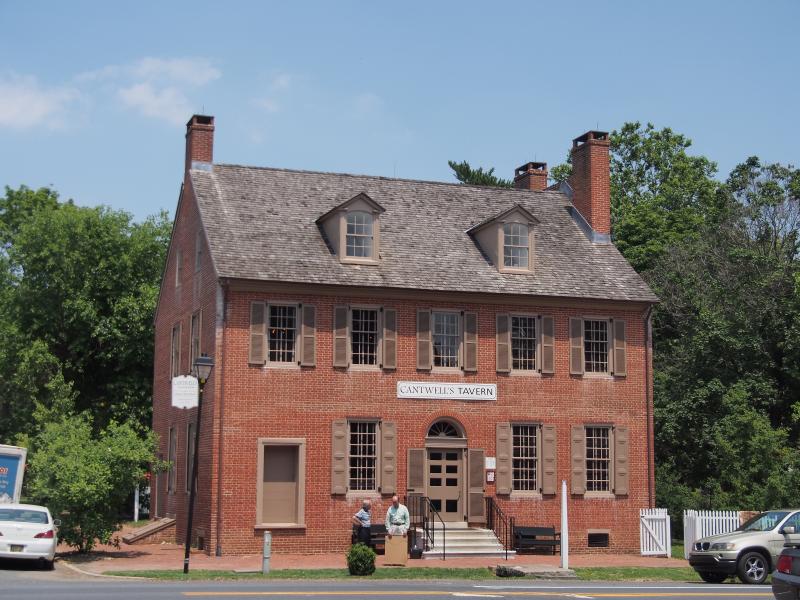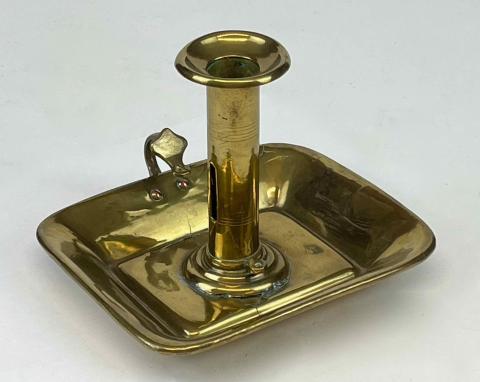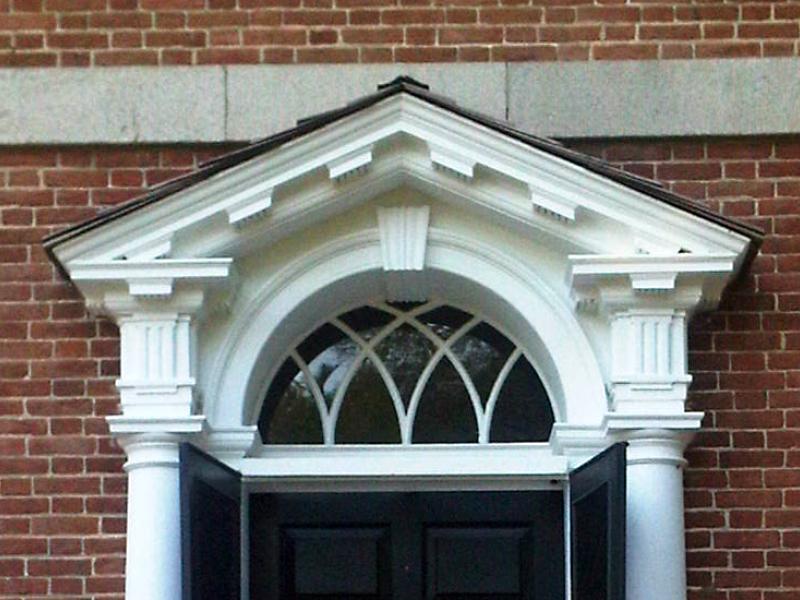Discover the charm and history of Historic Odessa through our beautifully preserved 18th-century properties. Each building offers a unique glimpse into colonial life, featuring stunning architecture, period furnishings, and engaging stories of the past. Whether you're exploring our historic homes, strolling through picturesque gardens, or experiencing hands-on exhibits, you'll step back in time to a world rich with heritage and culture.
The Historic Houses

Corbit-Sharp House
Wilson-Warner House
Next door to the Corbit-Sharp House on Main Street is the Wilson-Warner House, another Georgian house built c. 1769. While the Corbit-Sharp home today excites the imagination with images of intimate parties and formal elegance, the Wilson-Warner residence next door projects a more restrained feeling.
It’s exterior shares the Georgian formality of the Corbit-Sharp House but does not appear as ostentatious because of the floor plan and simpler architectural detail. Its house style is more representative of local building practices.
The Wilson-Warner House was constructed in the Delaware-Georgian
Collins-Sharp House
The Collins-Sharp House is one of Delaware’s oldest structures. A coin dated 1730 found in the house has been taken to be its approximate “birth” date. It was originally built near Taylors Bridge, about 16 miles away, overlooking the Delaware River on several hundred acres of fertile farmland.
Linked to the old Collins family of Delaware, its rural location became a problem when an oil refinery was planned for the site. The building was moved to Odessa by Delaware preservationist H. Rodney Sharp in 1962.
Unlike the log homes built during that time, the Collins-Sharp House is a framed building
Odessa Bank
Across Main Street from the Wilson-Warner House is the former First National Bank of Odessa, one of the few remaining historic commercial buildings in Odessa. Designed by well-known Philadelphia architect Samuel Sloane, the Italianate style structure was built in 1853 and operated as a bank until 2000, lastly as PNC.
As recently as 1945, the bank's cashier slept upstairs above the bank vault with a shotgun at the ready that he could point through a hole in the floor!
Today the Bank serves as the Foundation’s Visitor’s Center, exhibit area, archives and administrative offices.
The building is
Pump House
Cantwell's Tavern
The Cantwell's Bridge Hotel and Tavern was built by prominent businessman, William Polk, in 1822 and was operated as such for the next 100 years. The simple, clean, classic Federal lines denote a sophisticated style rather than that of a "country" inn typical of small towns. Merchants, ship captains, and visitors to the busy port town of Cantwell's Bridge would have found comfort in the accommodations offered at this fine establishment. During Colonial times, most towns on busy travel routes had several taverns, and Odessa was no exception, with five taverns in addition to the beautiful
